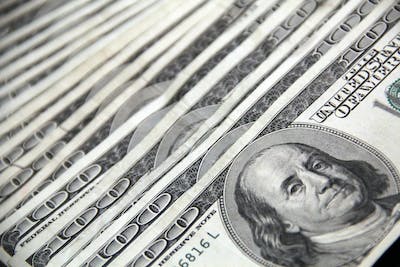
Unlocking Profitable Trading | A Comprehensive Guide to Forex Signals
November 28, 2023
Forex Trading Tips for Success: A Comprehensive Guide
November 30, 2023A Beginner’s Guide | How to Start Forex Trading with $100

For many aspiring traders, the idea of entering the world of Forex with just $100 might seem daunting, but it’s entirely possible with the right approach. Forex trading, or foreign exchange trading, involves the buying and selling of currencies. Here’s a comprehensive guide on how to start Forex trading with a modest $100 investment.
Understanding the Basics:
1. Learn the Fundamentals: Before diving into Forex, grasp the basics. Understand how currency pairs work, learn about market participants, and acquaint yourself with key terminologies like pips, lots, and leverage.
2. Choose a Reliable Broker: Selecting the right broker is crucial. Look for a reputable platform with low fees, user-friendly interfaces, and proper regulatory compliance. This ensures a secure and transparent trading environment.
3. Practice with a Demo Account: Most brokers offer demo accounts. Use this invaluable resource to practice trading without risking real money. It’s an excellent way to familiarize yourself with the platform and refine your strategies.
Crafting Your Trading Plan:
1. Set Realistic Goals: Define your financial goals and risk tolerance. Be realistic about what you can achieve with a $100 investment and establish clear objectives for your trading journey.
2. Choose a Trading Strategy: There are various trading strategies, from day trading to swing trading. Pick one that aligns with your goals, risk tolerance, and the time you can dedicate to trading.
3. Implement Risk Management: Protect your capital by implementing risk management strategies. This includes setting stop-loss orders to limit potential losses and determining the percentage of your capital you’re willing to risk on a single trade.
Executing Your First Trades:
1. Start Small: With a $100 budget, start with smaller trade sizes. Micro lots or nano lots allow you to control your risk while gaining practical experience in live market conditions.
2. Focus on Major Pairs: Stick to major currency pairs like EUR/USD or GBP/USD initially. These pairs are more liquid and typically have lower spreads, making them suitable for beginners.
3. Leverage Wisely: While leverage can amplify profits, it also increases the risk of losses. Use leverage cautiously, especially with a small account. A common rule is not to exceed 2% of your trading capital on a single trade.
Continuous Learning and Evaluation:
1. Analyze Your Trades: Regularly review your trades, whether they’re profitable or not. Identify patterns, assess your decision-making process, and learn from both successes and failures.
2. Stay Informed: The Forex market is dynamic, influenced by economic indicators, geopolitical events, and market sentiment. Stay informed about global economic trends that may impact currency values.
3. Invest in Education: Continue your education. Read books, follow reputable Forex blogs, and consider online courses. A well-informed trader is better equipped to navigate the complexities of the Forex market.
Conclusion:
Starting Forex trading with $100 requires diligence, a solid plan, and continuous learning. While the initial investment may be small, the potential for growth exists with the right strategies and disciplined execution. Remember, Forex trading is a journey, and success comes with experience and a commitment to ongoing improvement. Start small, trade wisely, and let your knowledge and skills grow along with your account balance.



